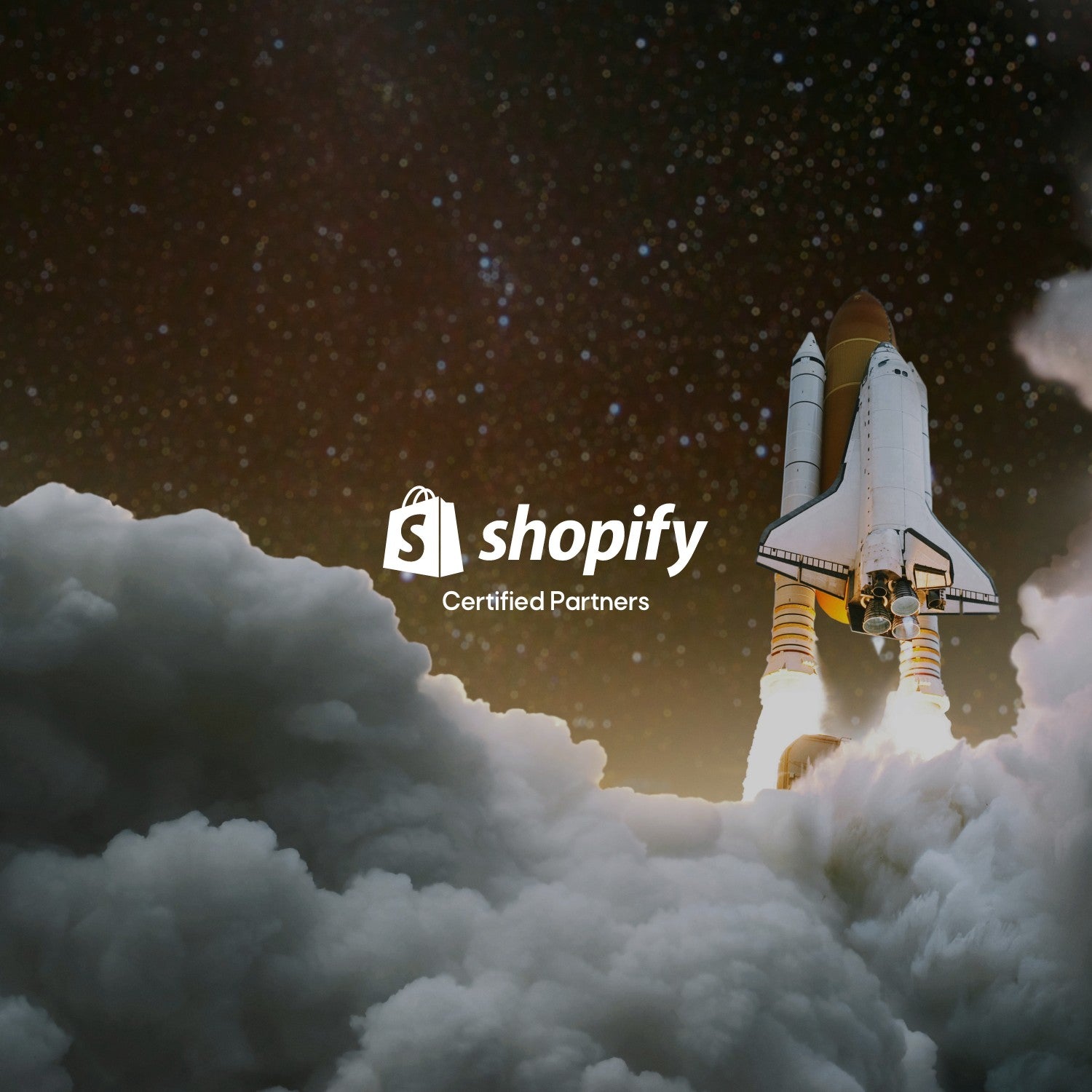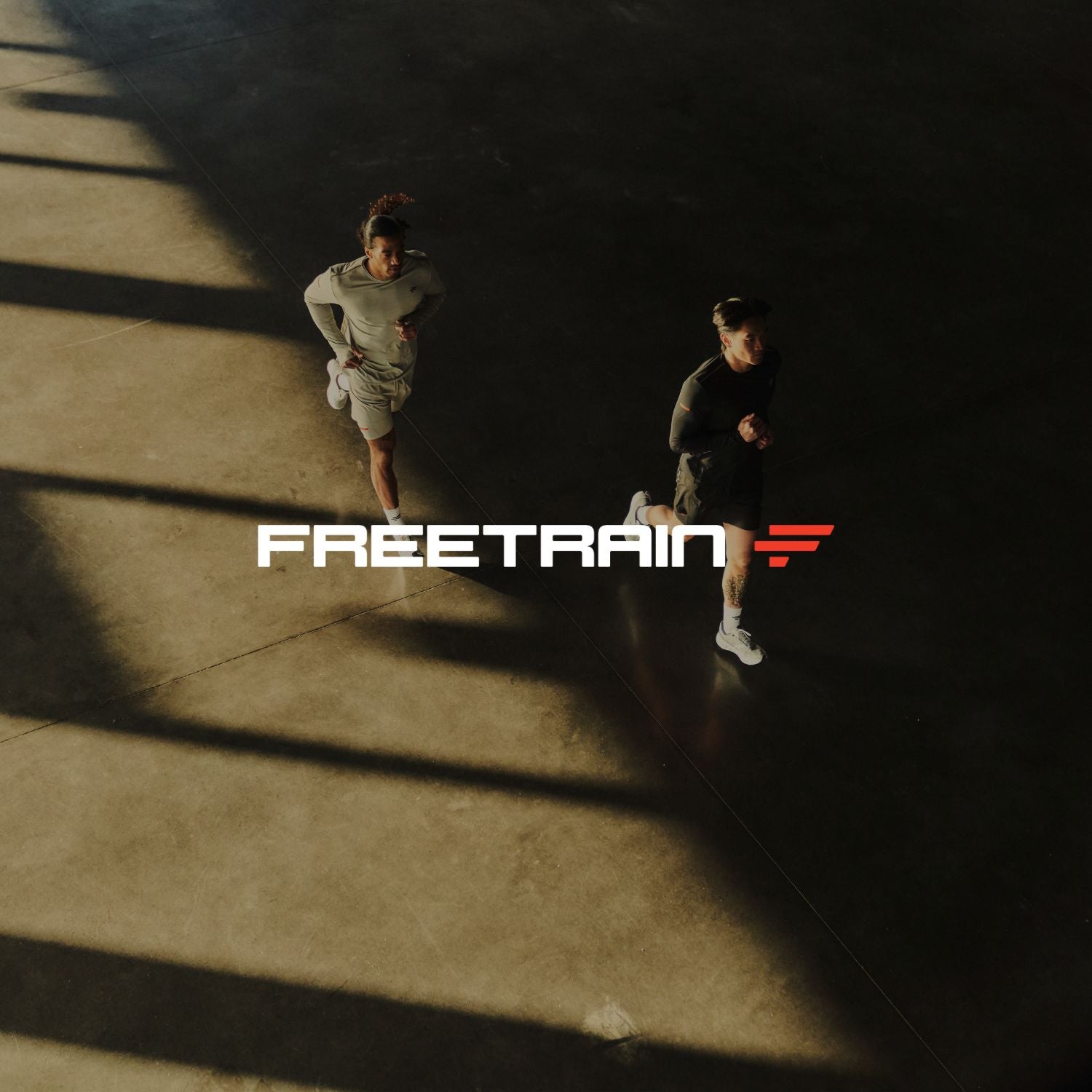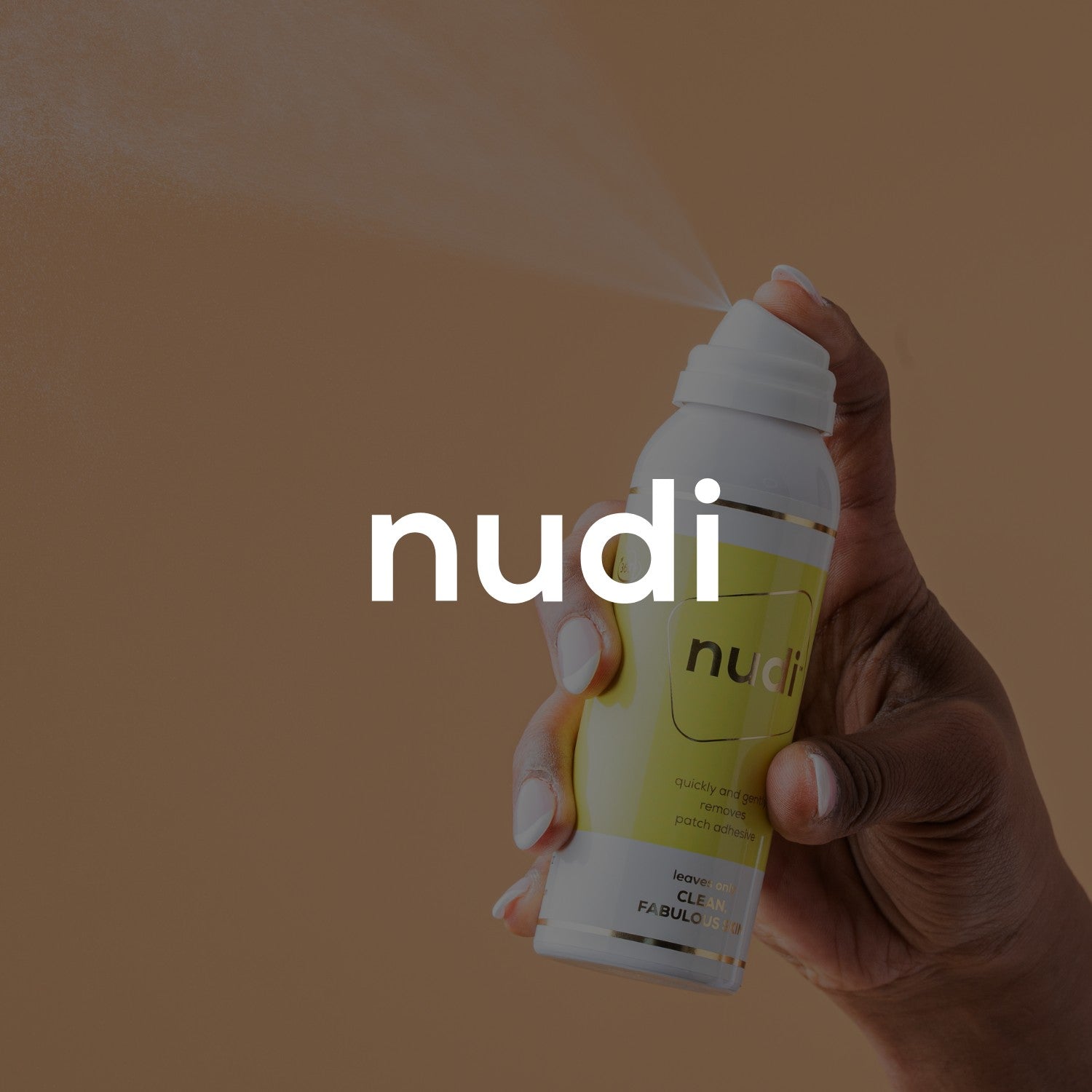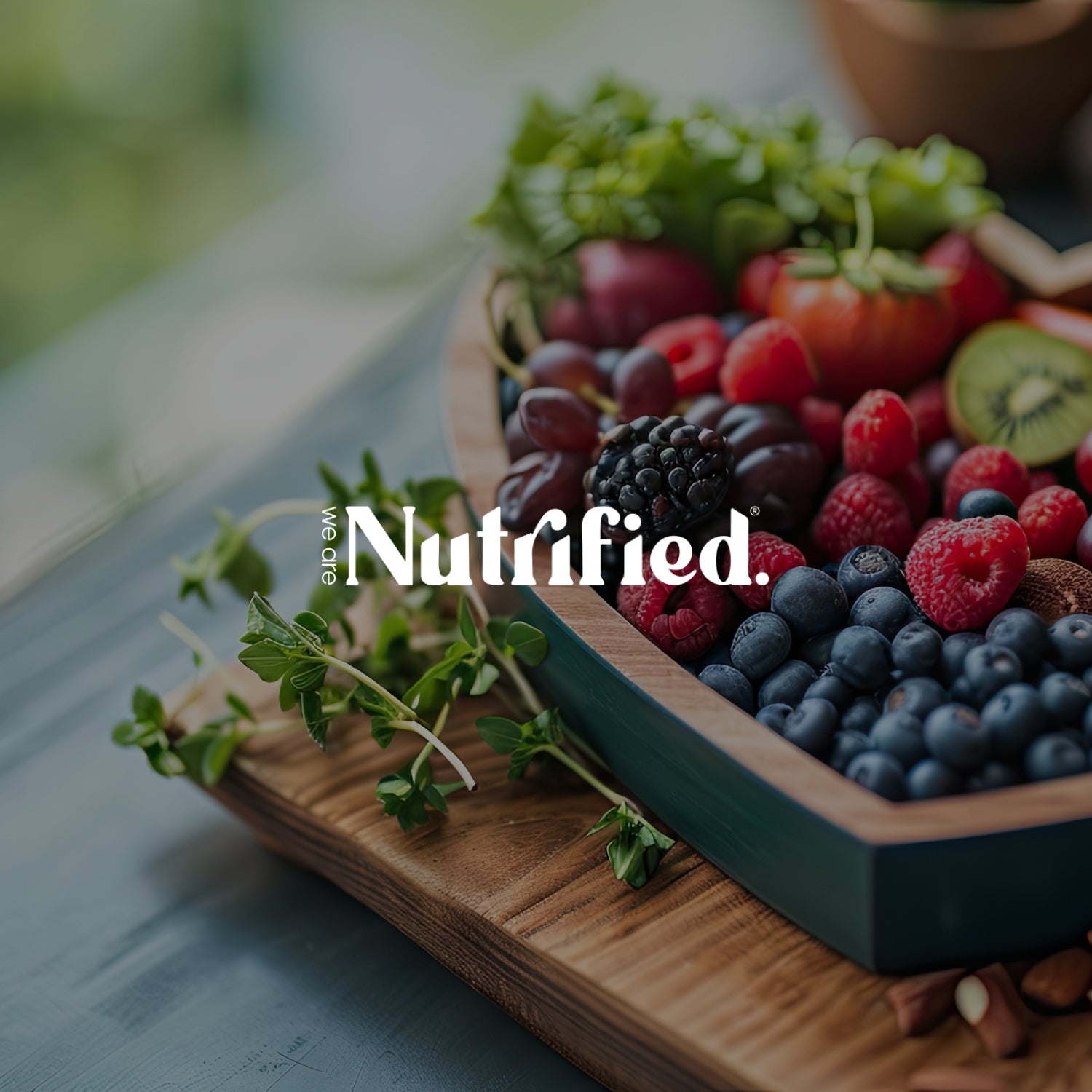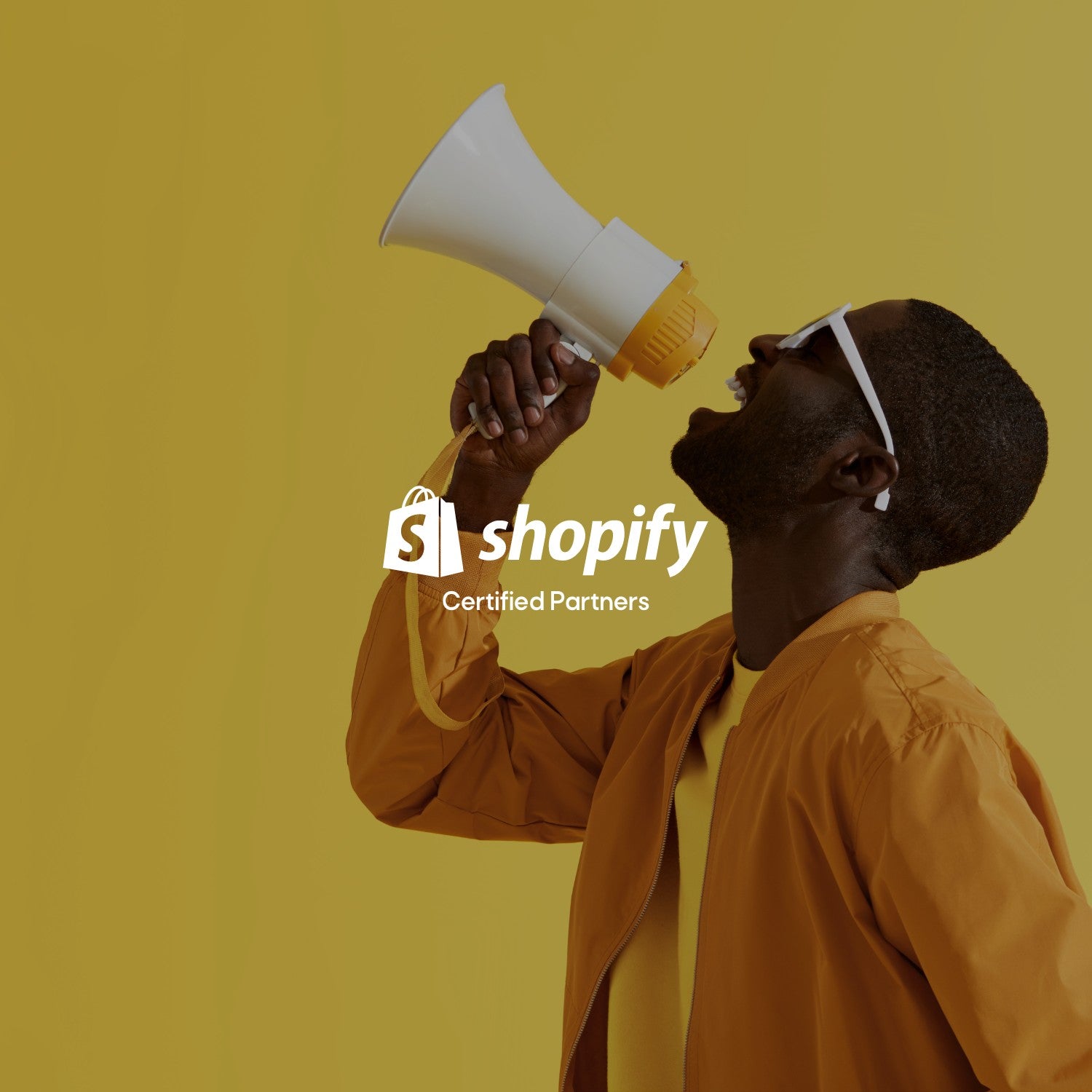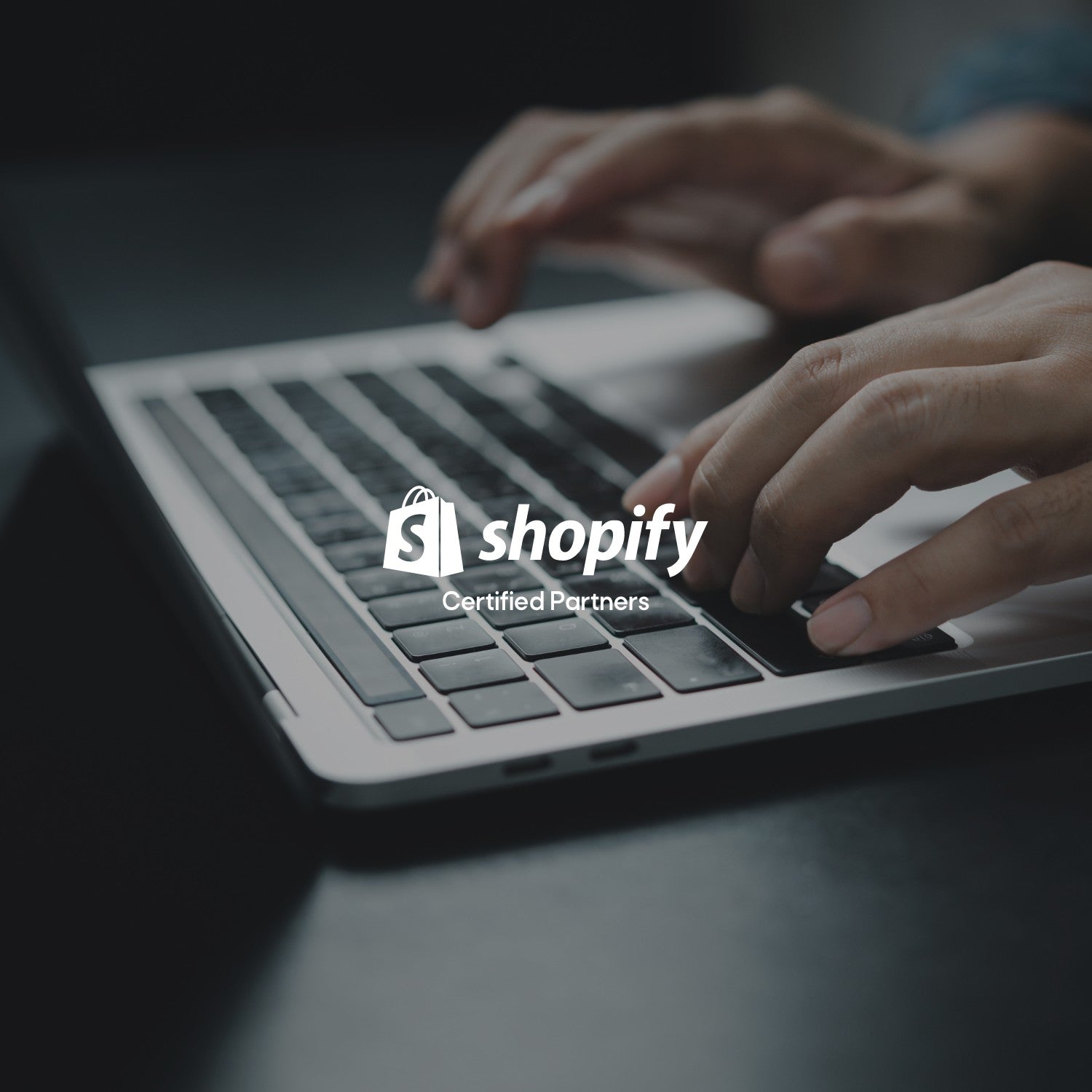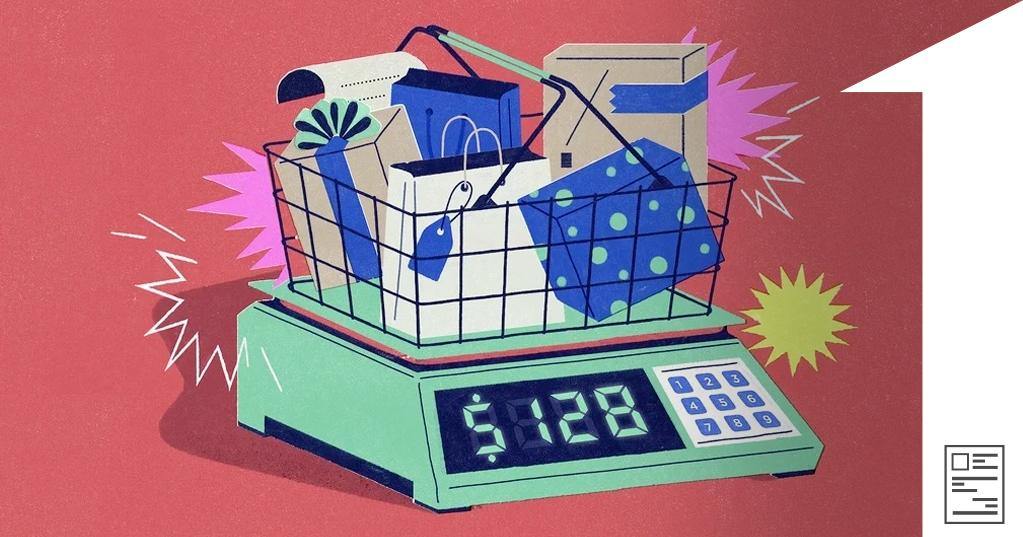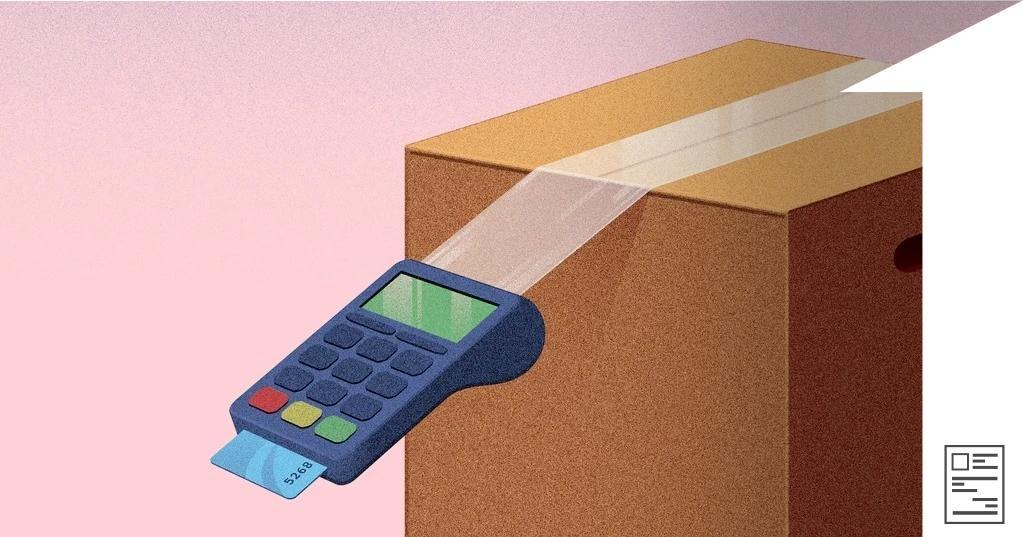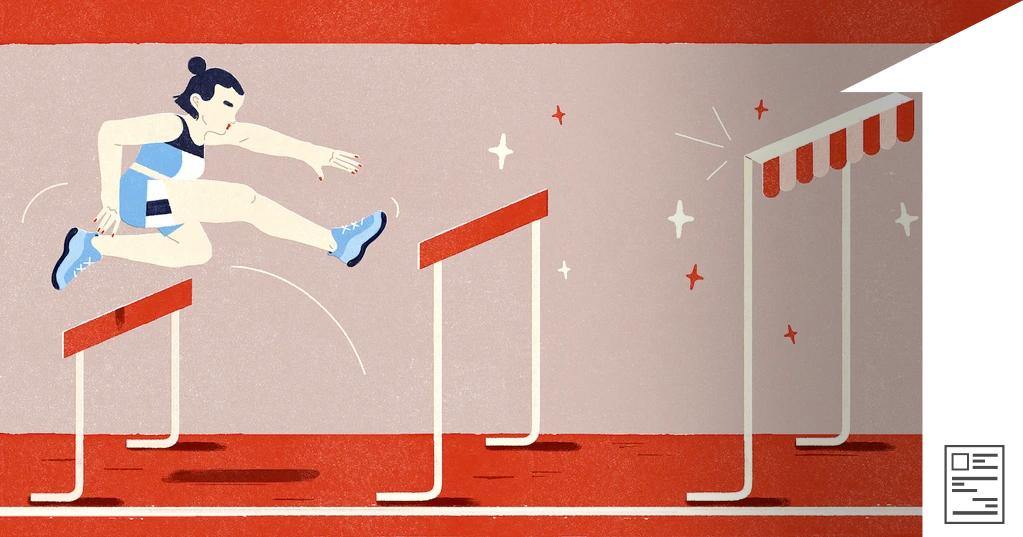Traffic to your site is high. Conversion rates are good. But then you spot another worrying trend: order values are consistently low.
Average Order Value (AOV) is a useful—but ultimately imperfect—metric to monitor as you grow your business. Traditionally, it’s one of the first numbers business owners try to improve to increase revenue or optimize return on ad spend. And it sounds simple enough: if you can get people to spend more money per order, you’ll make more money, right?
Not so fast.
Like any single metric, AOV has its shortcomings, too. Below we’ll share our thoughts on how to think about your AOV, and ways to increase your AOV that may lead to more profit, not just more revenue.
- What is average order value?
- A better way to think about average order value
- Five ways to increase average order value
What is average order value?
Let’s look at a hypothetical example: If your store has a total revenue of $2,000 split between 100 orders, your average order value is $20. This means that, on average, a customer spends $20 for each purchase from your store. If you’re a Shopify customer, you can find this number (along with many other reports) in your Customer reports.
Traditionally, businesses that know their AOV is $20 focus on getting customers to spend past that threshold, e.g. a free shipping offer applied at $25. And while that can help your revenue stream, it may not bring you the highest profit margins.
A better way to think about average order value
When we spoke with Taylor Holiday, co-founder of marketing agency Common Thread Collective, he was quick to illuminate the limitations of Average Order Value as a growth lever.
“When it comes to measures of central tendency (mean, median, mode) there is a saying in statistics: no measure of central tendency is best, but using only one is certainly the worst," Taylor says.
Taylor argues that looking at “average” order value will only give you a partial picture of your customer's purchase behavior. If you want to increase the value of your orders, he recommends business owners to consider all three measures of central tendency:
- Mean: the average value of all orders (what we traditionally call Average Order Value)
- Median: the middle value of all orders
- Mode: the most frequently occurring order value
Here's a practical example of how this can affect your strategies using our demo store, Kinda Hot Sauce:

Above is a histogram of order frequency, along with the mean, median, and mode calculated. Notice that the mean (or average) of $24 is substantially higher than the mode (most common dollar amount of orders) of $15. There are a few high dollar orders that skew up the average.
Taylor tells us that if store owners want to develop strategies that impact AOV, the best approach is not to try to consider $24 orders but rather to try to move the modal orders up. For Kinda Hot Sauce, the most common orders are for $15. "So as we think about strategies to affect the overall AOV we begin by understanding these orders and what upsells might be appropriate,” Taylor says.
Look at your modal, or your most frequent, order values as a starting point for your efforts to increase your overall revenue.
All of this is to say: AOV is important to track but it shouldn’t be your only metric of business health. That would be as misleading as counting calories for the purpose of leading a healthier, longer life. Some calories are good (avocado), others less so (white sugar), and it’s better for your health to cut down on the bad calories rather than the good ones.Also look at your modal, or your most frequent, order values as a starting point for your efforts to increase overall revenue. And with that in mind, let’s turn to five tactics frequently cited by business owners and consultants we spoke to:
Five ways to increase average order value
1. Create an order minimum for ‘free shipping’ and other gifts
Free shipping is a commonplace but still highly effective way to nudge customers to spend more. And it’s easy to set up with Shopify.To calculate your threshold, start with modal order value or the most common order values. For instance, if most of your orders are in the $35 range, you might offer free shipping to orders over $50. Aaron Zakowski suggests setting your threshold at 30% higher than your AOV (but again, consider using your modal order value here). The goal is to make free shipping feel attainable to the greatest number of customers, thereby increasing your overall revenues. Setting the threshold too high risks abandoned carts. Returning to the Kinda Hot Sauce example, if it had set its free shipping threshold at $35, based on its AOV of $24, the vast majority of customers spending $15 would probably abandon their carts. If your goal is to weed out lower-paying customers, then this is a great strategy—but I’m guessing it’s not. A variation of free shipping is offering a set discount for orders over a certain threshold. For example, you might offer a $10 coupon for orders above $50. You could also offer a 10% discount for orders above $50, but this makes profits more unpredictable.Kopari Beauty offers free gifts with a minimum purchase order and promotes this through its in-cart messaging:
2. Bundle products or create packages
If you want customers to purchase more items, try creating product bundles that cost less than if the same items were purchased individually.By bundling products, you're increasing the perceived value of a customer’s purchase. One great approach to product bundling is by offering a package of products that create the all-in-one solution for the desired experience.
For example, BioLite bundles together a stove and accessories—the basic essentials to cook a meal while camping. This makes it easier for customers to get everything they need in one shot, while also eliminating the need to conduct further research. And you’ve sold multiple products instead of one. 
You can also empower your customers to create their own bundles by allowing for custom products or packages that let customers choose which features or add-ons they want in their order.For example, Contrado, a clothing store, allows customers to design their own face masks and add upgraded materials, white labeling, and other unique add-ons that may increase the order total.
At Lively, a bra retailer that turned to Shopify to build an omnichannel presence, founder Michelle Grant took inspiration from behavior she found in retail stores. She knew from experience that 90% of customers would buy two or three bras at a time after their custom fitting. So Lively made bundling available online as well: buy two or three bras at a time for a slight discount.
“Within the course of two weeks of launching, that became over 50% of our sales and has driven up our Average Order Value exponentially,” Grant says. Shopify apps to create product bundles: If you’re interested in adding product bundles or custom bundles to your store, check out a range of free and paid bundling apps in the Shopify App Store.
3. Upsell or cross-sell complementary products
Upselling and cross-selling are at least as old as the McDonald’s refrain, “would you like fries with that?” Like their cousin, bundling, upselling and cross-selling are all about nudging customers to buy complementary or upgraded versions of the products they already intend to purchase. And like any tactic, it can experience diminishing returns with overuse. Preetam Nath of DelightChat shares ways to evolve your upselling strategy, based on advising hundreds of stores:
- Don't upsell too much, recommend like a friend would. Nobody likes to feel like they are being sold to. Your upsell needs to appear helpful and genuine, like how a friend might suggest a product. Instead of simply suggesting other popular items from your store, hand-pick products that pair perfectly with the item in the user’s cart, such as accessories or add-ons. For example, a mouse for a laptop or batteries for a remote control.
- Offer low-value upsells to increase the likelihood of purchase. If someone is out to purchase $50-$100 of goods, it's hard to convince them to purchase another $100 but easy to convince them to add a $20 product that complements their purchase.
- Test with post-purchase upsells. If a brand is worried about affecting their conversion rates when trying to bundle complementary products, a low-risk way to test is by implementing post-purchase upsells, maybe using an app like ReConvert. That way, you can use data to inform you which products people buy together. And then create a bundle pre-purchase for the same.
- Zipify One Click Upsell. Built for Plus customers, this app boosts Average Order Values with one-click upsell offers.
- Super Bump. Create targeted, post-purchase promotional offers.
- CartHook Post Purchase Offers. Add native one-click promotions including upsells and free gifts to your Shopify store.
- Post Purchase Promotions. Boost revenue with native post-purchase upsells and more.
- Ultimate Special Offers. Create one-click offer upsells directly in your store checkout.
4. Set up a customer loyalty program
If your store sells consumable products—something customers need to repurchase, like razors or shaving cream—consider setting up a rewards or loyalty program. Creating a customer loyalty program is a retention strategy that helps you forge relationships with your customers, encouraging them to return.It’s important to make sure your loyalty program evolves with consumer preferences. During a global pandemic and looming economic downturn, for instance, it may not make sense to reward buyers with unnecessarily lavish gifts for spending a lot. Claire’s, an accessory store aimed at teens and tweens, recently launched a loyalty program offering cash back incentives ($5 back every 100 points). For their young clientele, they realize that every dollar counts. 
When there’s an incentive for your customers to earn points under your loyalty program, you can expect to see your average order value increase significantly.
5. Provide fully staffed live chat support for quick questions
Live chat usually conjures images of headset-clad support agents sitting in triaging problems. Nowadays, businesses that staff a live chat sell more, too—10-15% more per cart, according to Forrester.“Being available through live chat helps customers get their immediate questions answered, which means greater potential for a sale and fewer abandoned items,” says Jaime Schmidt, founder of Schmidt's Naturals and author of Supermaker: Crafting Business on Your Own Terms. Schmidt calls live chat an “underutilized weapon” for increasing AOV.

Try Shopify Ping to save sales and solve problems right at the point of purchase.
Another way to think about it is that live chat helps your highest-intent buyers, well, buy. You’ll be chatting with visitors who intentionally came to your site to browse or buy, but who might need specific questions answered to gain the confidence to hit “Buy.”Live chat is especially useful for high-ticket items, like mattresses and furniture, which may require more handholding to reach the checkout line. As online businesses, we ask a lot of our buyers: we ask them to find and pay for products, usually sight unseen. Product reviews, testimonials, and other social proof can also help, but live chat can close the deal when it counts the most.
Being available through live chat helps customers get their immediate questions answered, which means greater potential for a sale and fewer abandoned items.
What’s more, if you provide a way for your buyers to instantly connect with you, you’re not only helping sell once, but you’re fostering a conversation that can encourage repeat sales.
Sell more to people who want to buy
The beauty of focusing on Average Order Value is that you’re concentrating on visitors who already want to buy. They’ve come to your site with high intent; they may even have items in their carts. All you have to do is help them discover and buy other items relevant to them. When you focus on engaging and activating those who are already spending with you, you have fewer barriers to overcome. Instead of spinning your wheels on the customer acquisition treadmill, it's about creating a greater exchange of value—the customers who spend more, get more.
Illustration by: Gracia Lam
